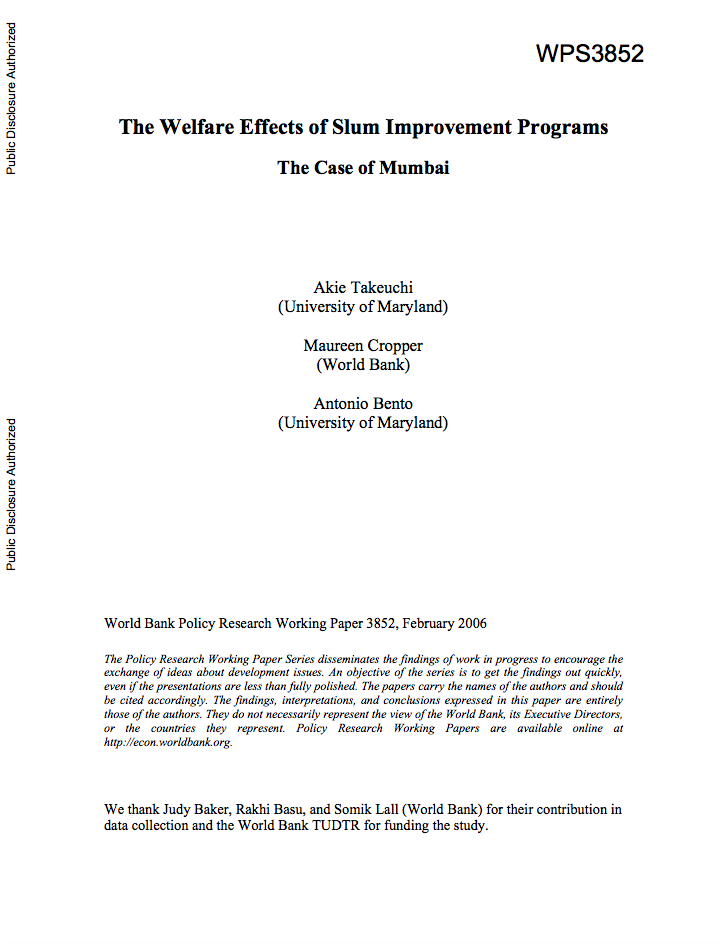Nepal - Country Environmental Analysis : Strengthening Institutions and Management Systems for Enhanced Environmental Governance
The main objective of the Country
Environmental Analysis (CEA) in Nepal is to identify
opportunities for enhancing the overall performance of
select environmental management systems through improvements
in the effectiveness of institutions, policies, and
processes. CEA has been built upon the following three
primary study components: (a) an examination of the
environmental issues associated with infrastructure


